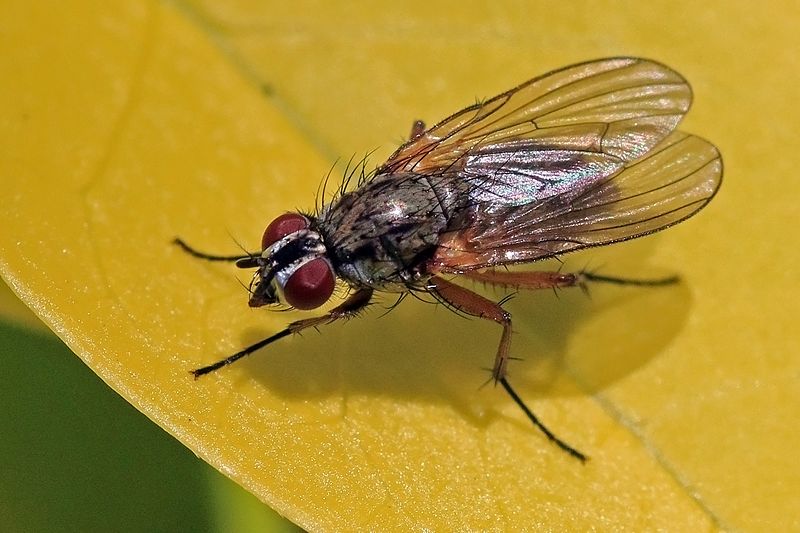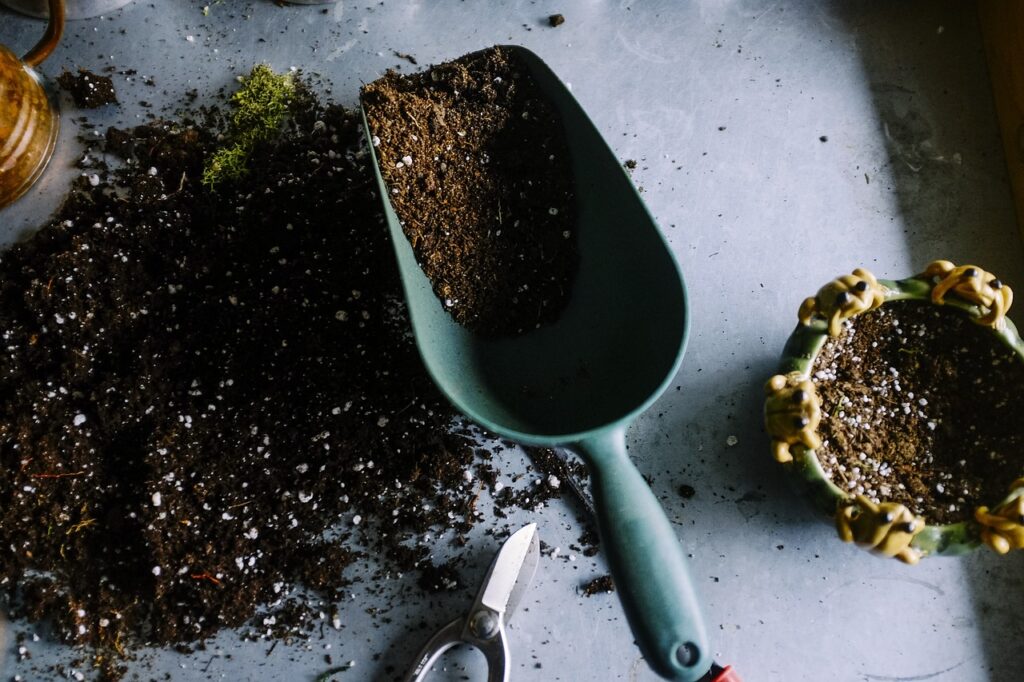If you have fruit trees or vegetables in your garden, it will be vulnerable to root maggot infestations. The last thing you want is your fruit trees and vegetables dying, because of pests that you can control. So, how do you get rid of the root maggots in your garden?
What are root maggots?
Root maggots are the larva of root maggot flies, which are just some of the many kinds of flies that can infest homes. They look like grayish or yellowish worms squirming around the roots of your fruit trees or vegetables.
Root maggots are more likely to infest on vegetable roots, but it’s not unheard of for these pests to attack fruit trees. They like beans, broccoli, cabbages, carrots, cauliflowers, onions, radishes, and many other plants and vegetables that are commonly found in gardens.
Infested plants and vegetables will rot and be riddled with tunnels, especially by the roots. Unfortunately, it’s highly likely that you won’t be able to save them. They will just eventually die, especially if their taproots are already damaged.

How do you get rid of root maggots in your garden?
Growing and maintaining a garden takes a lot of work. You don’t want root maggots to put your time and effort to waste. But here’s the good news – there are a lot of ways to get rid of root maggots in your garden.
1. Confirm that you have a root maggot infestation
First, you have to confirm that your garden does have a root maggot infestation. If you notice that your plants or vegetables look wilted for no good reason, root maggots may be the problem. Gently lift the plants or vegetables from the soil and look at their roots.
If you see their roots rotting or riddled with tunnels, you may have a root maggot infestation in your hands. The presence of root maggots is also a clear indication. You will be able to see them directly on your plants or vegetables or in the soil. You may also see unhatched eggs.
2. Stop the spread of root maggots
Before you get rid of the root maggots, you have to stop their spread first. After all, getting rid of them will be hard if they could just spread and spread as they please. To stop the spread of these pests, you have to get rid of the infested plants and vegetables and the soil around them.
Your plants and vegetables are already rotting and riddled with tunnels. There is not much you can do for them. The rotting will also attract more root maggots. The soil around these poor victims may be full of eggs.
Burn the infested plants, vegetables, and soil. Put them in a sealed bag and throw them in the trash.
3. Get rid of the root maggots
It’s likely that there are still root maggots in your garden even if you have disposed of the infested plants, vegetables, and soil. It’s easy to miss a few of these pests, and the remaining ones can start an infestation all over again. There are three methods to completely get rid of your root maggot problem.
Natural method
Get rid of root maggots naturally by using agricultural lime. This is crushed limestone that doesn’t just promote the healthy growth of your garden, but also the elimination of garden pests such as root maggots. Put agricultural lime in a bucket of water and let it steep overnight. Strain the agricultural lime out of the water and use the water on the soil.
Agricultural lime can have a negative effect on your eyes, skin, and even lungs if you inhale some of it. Make sure to wear protective gear like goggles, gloves, and masks to avoid health problems.
Organic method
Get rid of root maggots organically by using beneficial nematodes. These are microscopic roundworms that consume a lot of soil-dwelling pests such as fleas and root maggots. You can buy them in packs in garden supply stores and even online stores, but be careful in buying them online. They are living beings and unsafe delivery methods can render them dead and ineffective.
Read the instructions on their labels and follow them diligently. Usually, beneficial nematodes are mixed with water and poured all over your garden.
Pesticide method
The great thing about natural and organic methods is that they are generally safer because they don’t have harmful ingredients. But this doesn’t mean you can single out pesticide methods. Pesticides are great too because they are specifically designed to get rid of pests, so you are sure to get results.
Make sure to follow the instructions on their labels. If you don’t, they can become ineffective or even unsafe.

How do you prevent root maggots from coming back?
All your efforts of getting rid of the root maggots infesting your property will be wasted if you don’t have preventative measures to avoid future infestations. Safeguard your garden using these quick tips.
1. Sprinkle diatomaceous earth
Diatomaceous earth is an organic pesticide that has been used by farmers and gardeners for decades. It won’t just get rid of infestations. It will also help prevent future infestations. Sprinkle it over seedlings and the soil around them.
2. Cover seedbeds with floating row covers
Floating row covers are made of light and thin materials to shelter crops. The best thing about these covers is that they are light and thin enough to allow moisture and sunlight to pass through. But they are designed to help prevent too much frost and heat. They can also help keep pests out of your seedbeds.
3. Practice crop rotation
Crop rotation is simply moving your crops to different parts of your garden every few years. It’s a great way to ensure you are giving your crops the nutrition they need. After all, they can deplete the nutrients on specific spots in your garden. Crop rotation is also a great way to prevent pests. The pests won’t thrive because you constantly move the crops they live off of.

